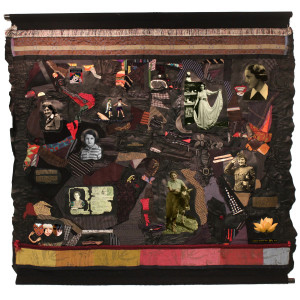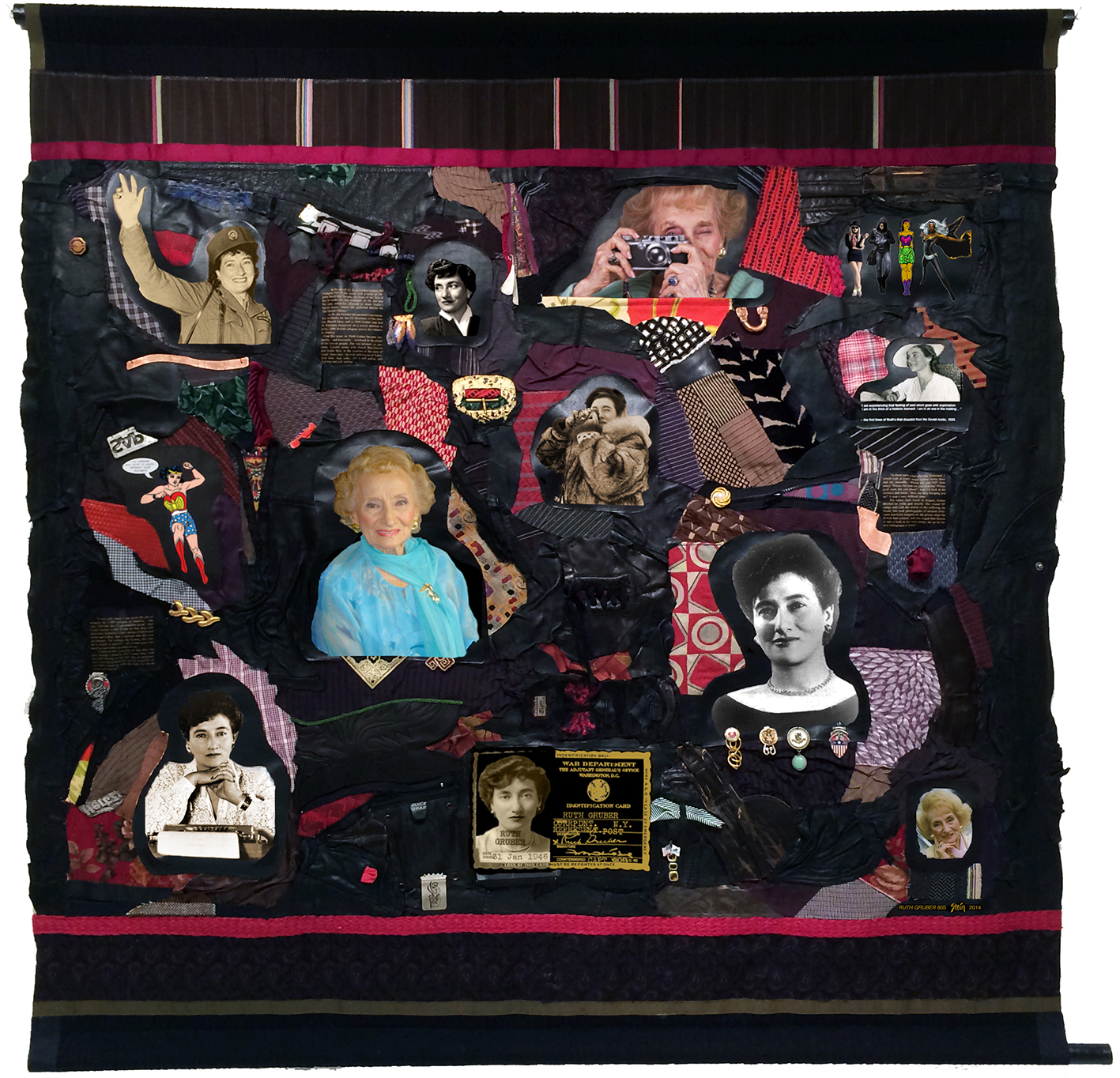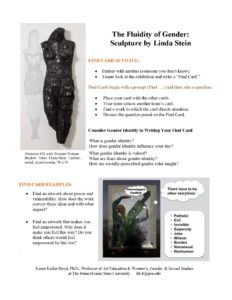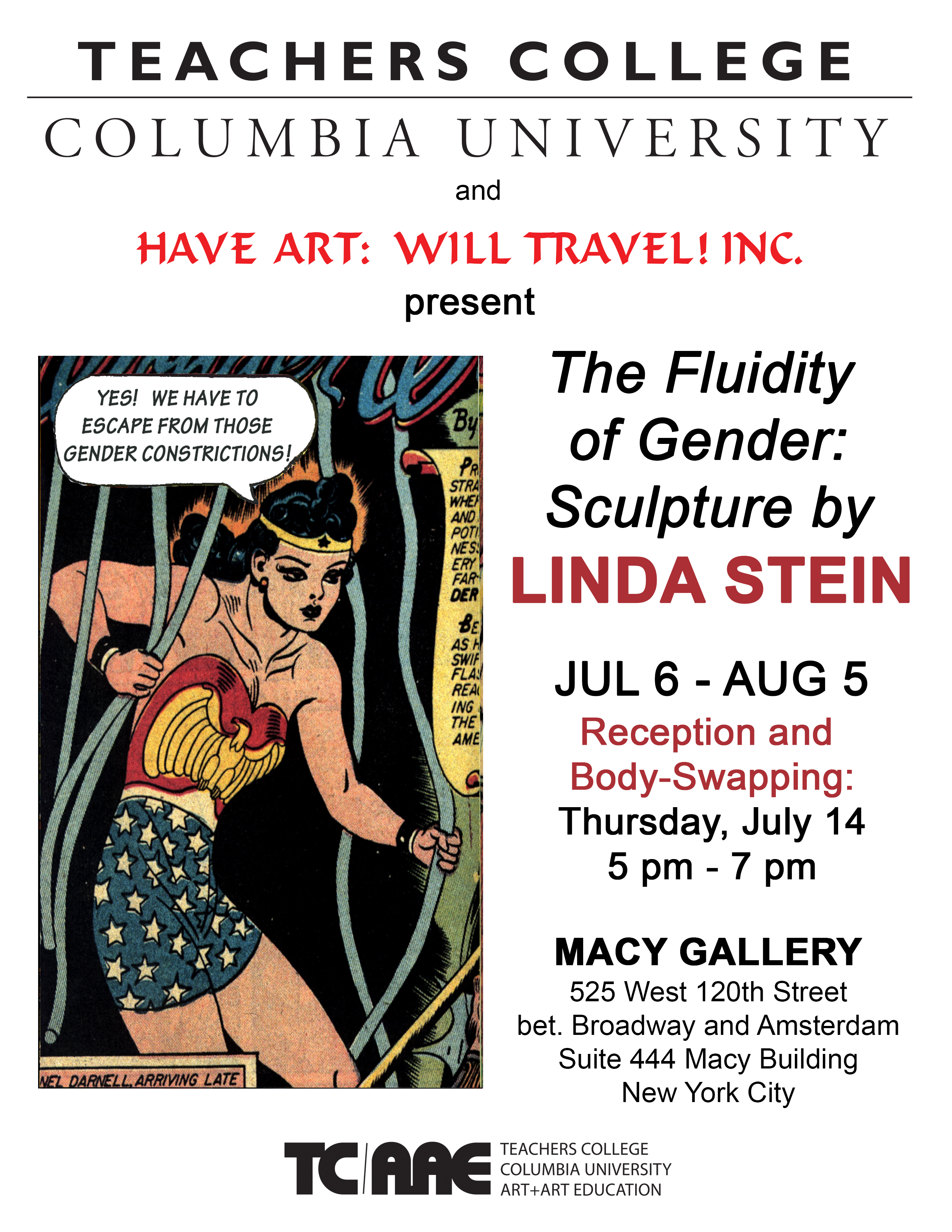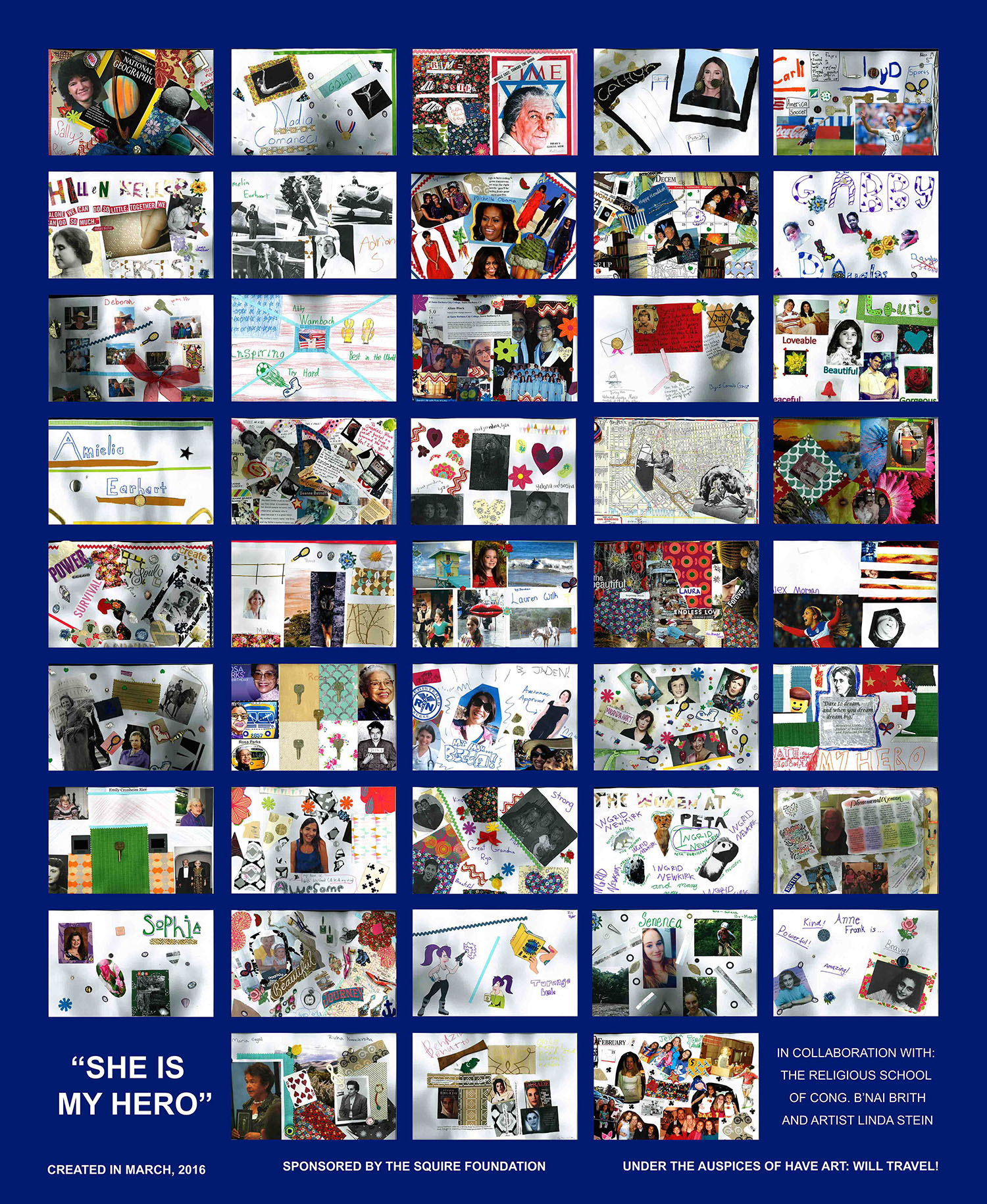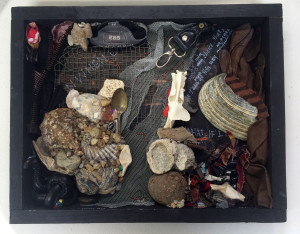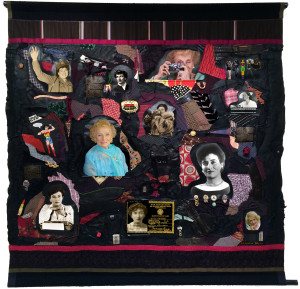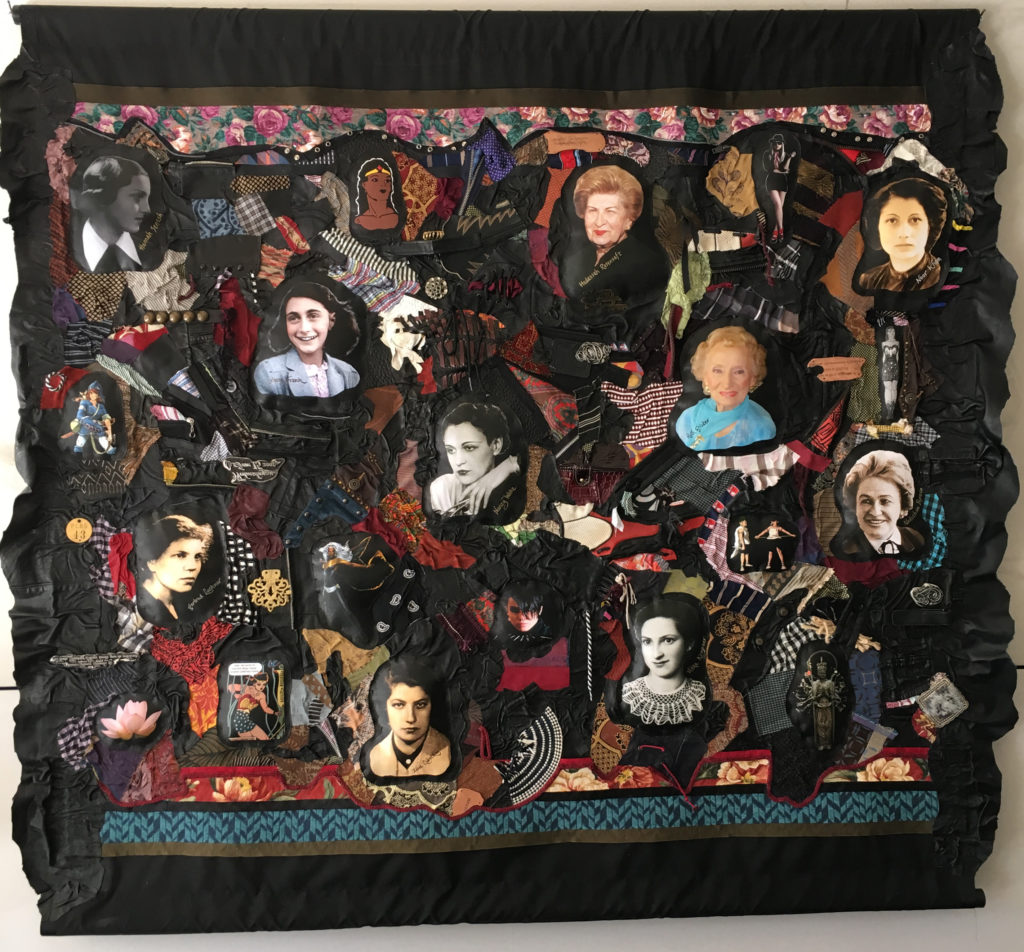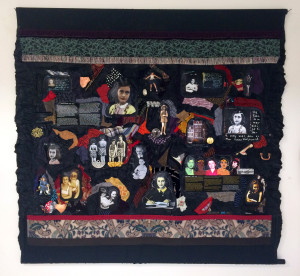Agency is a foundational concept of interactivity and the currency of game design. Create an interactive story game of the 4 Bs with the possibility of becoming a brave upstander. Making choices in the story reveals how there is never a single story about any place or people. Create an interactive story game using Twine or Inklewriter, or other open-source apps for creating and sharing nonlinear stories. The stories should include possibilities for becoming a brave upstander.
ACTIVITY OVERVIEW:
-
-
- Critique the storyboards.
- Play the Upstander game, and the Twine and Inklewriter examples.
- Storyboard with collages, drawings, or paintings.
- Share stories of the 4Bs and brainstorm characters, plots, scenes, and narratives for interactive story games.
- Individually or collaboratively create an interactive story.
-
Definitions of the 4 Bs:
(4Bs coined by Linda Stein. Learn more about the 4Bs from Stein’s Holocaust Heroes: Fierce Females Film, 2015)
-
- Bully: A person who targets another, often supported by a group, to intimidate (such as with hurtful rumors using social media) or act aggressively toward another with threats or violent actions.
- Bullied: A person who is the victim of bullying and may suffer depression, social withdrawal, physical injury, addiction, self-harm, and even suicide.
- Bystander: A person who is knowledgeable about unjust acts, such as bullying, and does nothing to prevent the injustice.
- Brave Upstander: A brave upstander joins with others, or stands alone, to protect others from violent circumstances in everyday experiences, such as bullying, or actively engages in promoting the wellbeing of others to balance inequalities or oppression.
RESOURCES:
-
- Twine (https://twinery.org/) is an opensource tool for telling interactive, nonlinear stories.
-
- Bea the Upstander game by John Rapaccioli, 2016.

